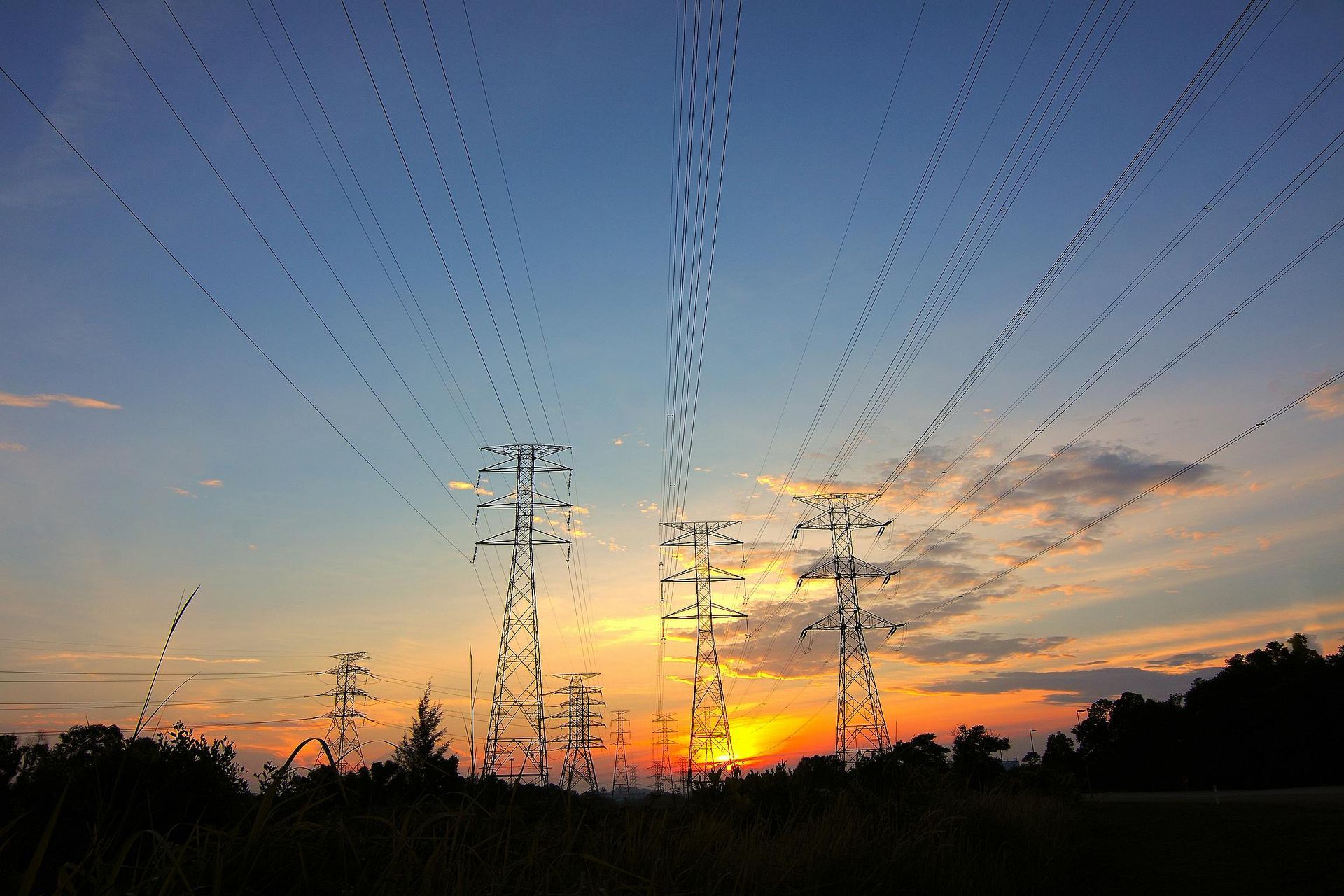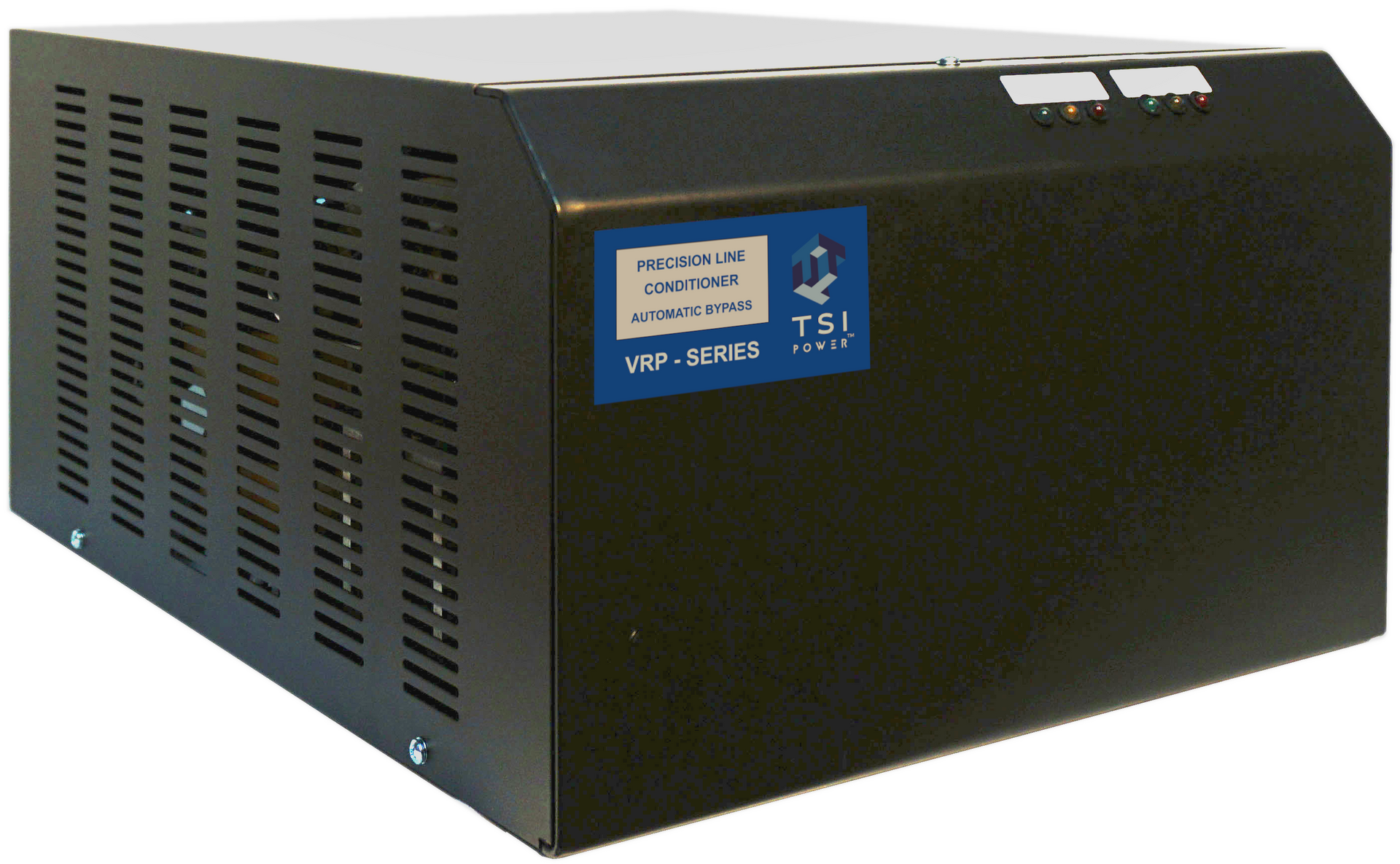Industrial Voltage Regulation: Effective Ways to Stabilize Industrial Voltage
27 June 2025
Share this article:
Maintaining stable voltage is a critical component of industrial power management. Without consistent voltage, sensitive equipment is at risk of malfunction, production processes can be interrupted, and downtime can escalate operational costs dramatically. Voltage instability doesn’t just cause immediate disruptions; it shortens the lifespan of machinery and increases maintenance overhead over time.
Industrial facilities are particularly vulnerable due to the scale of their operations and the power demands they face daily. That’s why investing in industrial voltage regulation solutions is essential.
The Importance of Stable Voltage in Industrial Operations
Industrial operations rely on heavy machinery, sensitive automation systems, and complex control equipment, all of which require a steady and reliable flow of power. Even minor voltage deviations can lead to operational inefficiencies, system errors, or complete shutdowns.
Without a stable voltage, motors can overheat, PLCs can fail, and precision manufacturing equipment can lose calibration. The result? Unplanned downtime, increased maintenance costs, and lost productivity. Industrial voltage regulation ensures that power stays within tight tolerances, protecting equipment, reducing energy waste, and keeping production lines running smoothly.
Common Causes of Voltage Instability in Industrial Facilities
Voltage instability in industrial environments doesn’t happen randomly. There are several predictable factors that contribute to the issue. Understanding these root causes can help facilities identify where vulnerabilities exist and take targeted action.
Fluctuating Power Sources
Many industrial facilities are at the mercy of utility grids that experience fluctuations due to demand surges, weather events, and infrastructure challenges. Unstable grid power introduces voltage sags and swells, creating inconsistencies that directly affect equipment performance.
Additionally, facilities that integrate renewable energy sources like solar or wind may encounter fluctuations as a result of variable generation, further complicating voltage stability.
High Load Variations
Industrial facilities often deal with sudden, large changes in power demand. Starting up heavy machinery, running high-powered equipment, or cycling HVAC systems can cause rapid voltage fluctuations. These load changes strain the facility’s internal power distribution and can destabilize voltage levels throughout the system.
Long Distribution Lines
Facilities with expansive footprints, such as manufacturing plants, mining sites, and oil refineries, often have long electrical distribution lines. Over long distances, voltage drops naturally occur due to resistance in conductors. If not properly managed, these drops can cause under-voltage conditions at critical points, leading to equipment malfunctions and decreased efficiency.
Ways to Regulate Industrial Voltage
Fortunately, there are proven methods to combat voltage instability and protect your operations:
- Active Voltage Regulators (AVR/AVC): These systems monitor incoming power and correct voltage sags, swells, and fluctuations in real time, ensuring consistent delivery to critical equipment.
- Uninterruptible Power Supply (UPS) Systems: In addition to providing backup during outages, industrial-grade UPS units often include voltage regulation features to smooth out minor inconsistencies.
- Power Conditioners: These devices filter electrical noise and correct minor voltage deviations, protecting sensitive electronic components and control systems.
- Load Management Systems: Implementing automated load controls can reduce sudden spikes or drops by sequencing machinery startups and managing peak demands intelligently.
Combining these strategies creates a layered defense, ensuring voltage remains within safe operating limits no matter what external or internal factors arise.
What to Look for When Choosing Voltage Regulation Solutions
When evaluating industrial voltage regulation systems, consider the following:
- Real-Time Correction Capabilities: Look for systems that monitor and adjust voltage instantly to protect against rapid fluctuations.
- Scalability: Solutions should be able to grow alongside your facility’s expanding needs.
- Compatibility: Ensure systems integrate seamlessly with your existing electrical infrastructure.
- Rugged Design: Industrial environments demand equipment that can withstand temperature extremes, dust, vibration, and other harsh conditions.
- Monitoring and Diagnostics: Remote monitoring and detailed diagnostics help detect and address issues before they escalate.
- Energy Efficiency: Select solutions that improve power quality without adding significant operational costs.
- After-Sales Support: Partner with providers who offer installation, commissioning, and long-term maintenance services.
Carefully weighing these factors ensures you invest in a voltage regulation solution that delivers long-term protection and value.
Choosing the Right Solution
Selecting the best voltage regulation system is not a one-size-fits-all decision. It requires a careful assessment of your facility’s load requirements, operational processes, and growth plans. For complex industrial operations, layering solutions, such as combining a UPS system with an active voltage regulator, often delivers the most comprehensive protection.
Working with an experienced partner like Voltage Correction ensures you get more than just a product; you receive a customized solution backed by industry expertise. Through detailed power studies and site assessments, we tailor systems to your facility’s unique needs, ensuring reliable, long-lasting performance.
Take Control of Voltage Stability – Schedule an On-Site Power Assessment
Voltage instability is a risk you can’t afford to ignore, but it’s also one you don’t have to face alone. Voltage Correction offers comprehensive power quality assessments to identify vulnerabilities and recommend tailored solutions to stabilize your facility’s voltage.
Our team specializes in the installation and support of industry-leading products like the ABB 100 ESS AVC and PCS UPS-1, designed to protect your operations against voltage fluctuations, outages, and power quality issues.
Take control today. Schedule a professional on-site power assessment and find out how we can help you maintain stable, reliable power. Not to mention, safeguarding your equipment, minimizing downtime, and optimizing operational efficiency.
Connect with Us:













